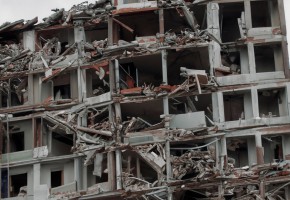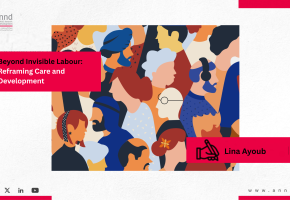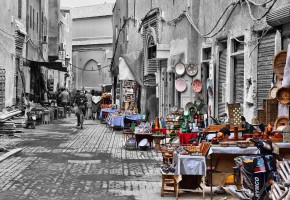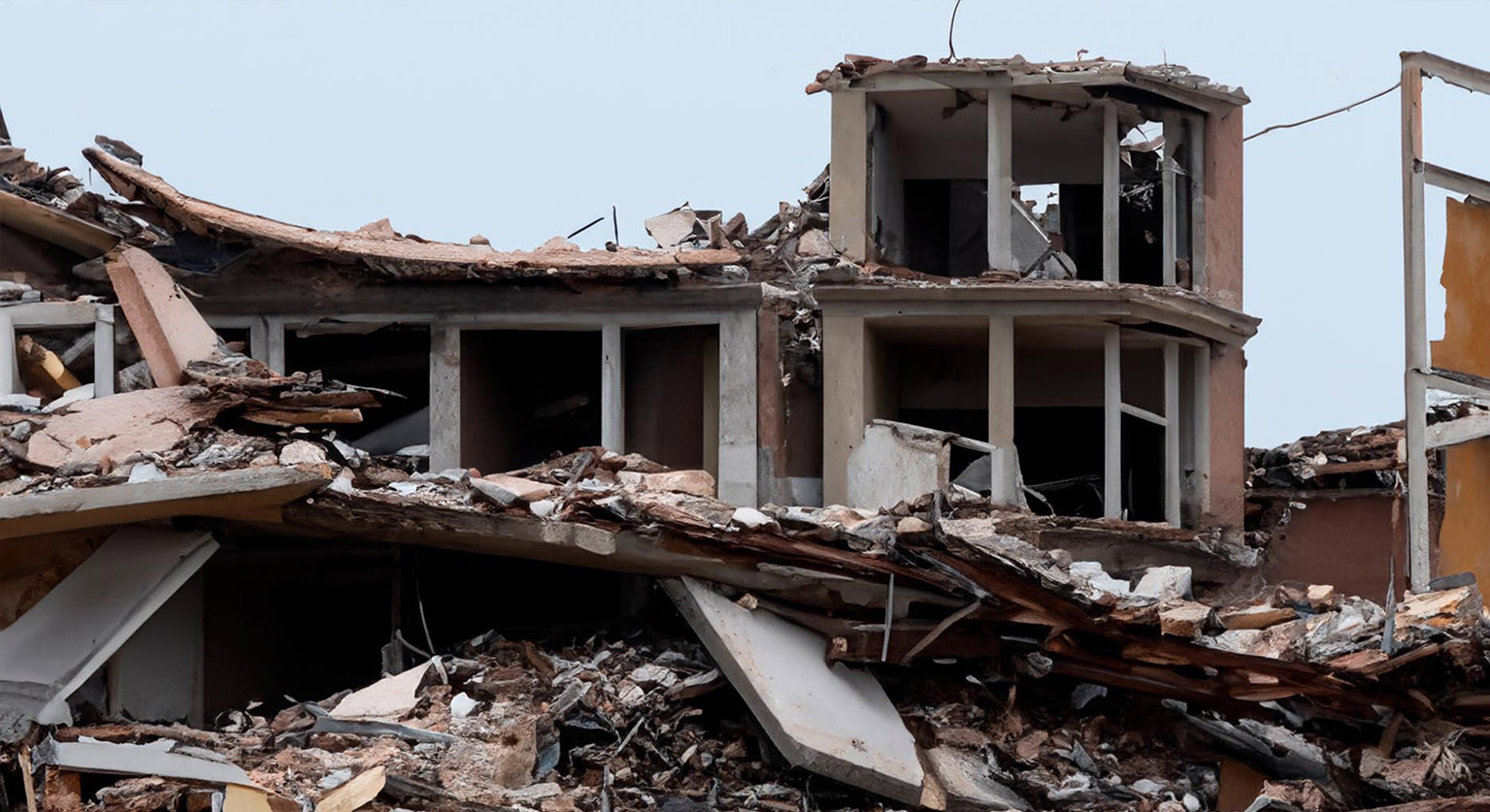
Al-Haouz Earthquake in Morocco and Civil Society Initiatives - Dr. Fawzi Boukhris
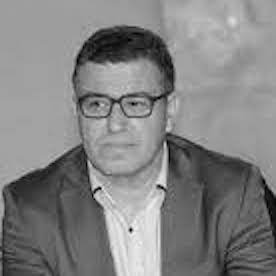
Al-Haouz Earthquake in Morocco and Civil Society Initiatives - Dr. Fawzi Boukhris
A powerful earthquake struck Morocco on Friday night, September 8, 2023, whose epicenter was in Al-Haouz province. Reaching a magnitude of 7.2, according to the Moroccan National Institute of Geophysics, the earthquake caused great destruction, especially in the mountain villages located in the affected area. The destruction spanned three major provinces: Al-Haouz, Taroudant, and Ouarzazt, and its impact was felt in Marrakesh, Chichaoua, and other cities, causing human and material damage and losses.
Until today, official sources continue to report casualties and injuries across the five provinces affected by the earthquake (Al Haouz - Taroudant - Ouarzazate - Chichaoua - Marrakesh), estimated at 2,946 dead, 5,674 injured, and about 50,000 entirely or partially collapsed homes. In addition, 530 educational institutions and 55 boarding institutions were damaged to varying degrees, ranging from complete collapse to severe cracks. The damage also reached mosques, roads, streets, and the electricity network.
According to several observers, the horrific losses of life and property, especially in the mountainous regions of Al Haouz, Taroudant, and Ouarzazate provinces, which formed the epicenter of the earthquake, are the product of human-made public policies. For decades, such policies have sought to eliminate the region's population's fundamental economic, social, and development rights. They also remained silent about the spatial marginalization, disparity, isolation, and fragility suffered by these regions. Consequently, the population became vulnerable to unemployment, illiteracy, and disease. They were victims of the plunderers of local goods and materials (mineral and forestry) and the maneuvers of corrupt notables and election brokers.
Civil Initiatives in Earthquake Areas
Civil society actors took action immediately after the earthquake and even before the public authorities, central and local, announced their intentions regarding how to deal with the disaster. Local, national, and diaspora (from various European and North American countries) were established to support the affected areas.
Looking at the civil dynamics in Morocco and how they dealt with the current earthquake shows a nascent “experience” and “expertise” in dealing with disasters among a broad sector of civil society. Before this earthquake, there was the 2004 earthquake in Al Hoceima, the 2008 and 2009 floods in several Cities, and, most recently, the COVID-19 quarantine, in March 2020. The accumulated experience facilitated coordination between associations and civil activists in various parts of the country and between the association and civil activities present on the spot. It helped direct support convoys and ensure a balanced, fair, and effective distribution of support to the areas without discrimination.
In particular, the intervention of local associations in the affected areas was decisive in identifying basic needs and monitoring delivery and coverage in the first days following the earthquake, which boosted support from citizens and economic actors. Moreover, the experience accumulated by national associations known for the speed and effectiveness of their intervention in the affected areas around Morocco has been helpful in dealing with developments in the disaster. They include, for example, the “Nutrition Bank” Association, which is known for the effectiveness of its interventions in such difficult circumstances, and Migration and Development, which has accumulated experience in development action in earthquake areas for the past 35 years.
The immediate establishment of a civil initiative to support the affected areas is perhaps one of the most prominent forms of this accumulated experience employed in the broad civil movement. The initiative to address the earthquake issued a statement signed by hundreds of associations and collective networks throughout the Kingdom. It took several measures, in particular, calling on all civil society activists in Moroccan cities to hold coordination meetings, form coordination committees, issue solidarity statements, and open communication channels with local authorities to gather support from residents, stores, large spaces, and philanthropists.
Support campaigns continue today through blood donations and in-kind support (clothes, blankets, mattresses, medicines, food supplies, and tents). Convoys loaded with tons of aid materials are still heading to affected areas.
Digital means and tools have greatly facilitated coordination, information, mobilization, and action, providing an actual infrastructure for exchange, free from the control of the traditional guardians of the public sphere. WhatsApp groups, Facebook pages, and various communication platforms significantly reduced the costs of mobilization and coordination (in terms of money, time, and effort) between associations and citizens, especially between the various local civic initiatives in the various regions. They also facilitated exchange between them and the associations and collective actors in the various regions affected by the earthquake.
Advocacy Against Exclusion and Marginalization
Areas affected by the earthquake and other mountainous areas are known as "deep Morocco," or, in the language of the French Protectorate authorities - before the country’s independence - “useless Morocco” or “leftover Morocco,”[i] were the focus of attention of civil society associations. Advocacy to overcome the reality of spatial disparity and discrimination is a prominent issue in Morocco. It is acknowledged by the country’s higher authorities that seek to overcome the situation, at least at the level of discourse.
After the February 20 Movement (in the context of the Arab Spring), Chapter 142 of the Constitution promulgated in 2011 stipulates the state’s intention to create a social rehabilitation fund for regions suffering from significant development shortfalls, such as the areas affected by the earthquake. This fund aims to fill the deficit recorded in those areas in terms of human development, basic infrastructure, and equipment. The same chapter also mentions another fund, the Inter-Regional Solidarity Fund, which aims at the equal distribution of resources and reducing disparities between regions.[ii]
Furthermore, in his speech on October 13, 2017, the King himself acknowledged that Morocco still suffers from a number of problems at the level of its development model, despite the tangible progress it has achieved in some areas. He added that it remains unable to respond to citizens' urgent demands and growing needs, reduce differences between groups and regional disparities, and achieve social justice. This situation prompted the King to call on the government, parliament, and various relevant institutions and bodies to reconsider the approved development model and propose a new one. However, although the model's basic features were determined by a special committee, Moroccans are still waiting for its activation.
Moroccan civil society's advocacy to restore dignity to areas severely damaged by the earthquake, which were for a long time victims of nature and the state, is exemplified by the “Civil Coalition for the Mountains.” The initiative was established by several civil activists and associations (more than 120 associations) and aimed to advocate for the benefit of mountainous regions and their inhabitants. This coalition initially focused on drawing attention to the constant suffering of residents of mountainous areas, especially in winter, which is characterized by snowfall, accompanied by frost, and a significant drop in temperature. Thus, urgent measures are required to support the population with supplies, food, bedding, clothes, and other basic needs.
However, as the conditions of these regions became more complicated due to state neglect, the coalition began preparing a legislative petition for a special law for the mountainous regions of Morocco and to enact public policies directed at the sustainable development of the mountains. This year marked a qualitative turning point in the civil coalition’s process of advocacy for the mountain, primarily through its call to engage in support of the initiative of the State of Kyrgyzstan to have the UN adopt the document “Five Years of Action for the Development of Mountainous Regions 2023-2027.”
As the tragedy engulfed Al-Haouz, Taroudant, and Ouarzazate, the Civil Coalition for the Mountains, like other civil initiatives to support the stricken areas, did not hesitate to send an appeal to all living consciences, whether official authorities, civil bodies, or economic actors to urgently intervene in earthquake areas.
Confronting Lawlessness and Violations
On the other hand, the comprehensive civil and community mobilization that accompanied the earthquake disaster was not without unexpected results. They included the dissemination of fake news and various forms of fraud, digital and real, involving people seizing consumer goods and food supplies provided by voluntary initiatives and solidarity operations. Some social media influencers violated ethical standards in their dealings with earthquake victims. The violations also brought to the surface some criminal tendencies revealed in dealing with residents of areas affected by the earthquake, especially girls and children.
However, civil society's vigilance and commitment helped to confront such chaos and abuses through direct presence and effective communication with residents, local associations, and local authorities. The official authorities are also credited with their quick and decisive action in dealing with these violations. The Public Prosecutor issued instructions to the public prosecution offices in the various courts to immediately and seriously address reports and complaints recorded regarding people seizing aid to earthquake victims and the spreading of fake news that seeks to create fear among victims and the general public. It assigned judicial police services to conduct in-depth research into such behavior while arranging the necessary legal procedures against every person suspected of involvement in committing these acts, contributing to them, or participating in them.
The authorities responsible for the media and digital media are also credited with their constant vigilance and alertness to the need to be careful with fake news, as is the case with the Maghreb Arab Press, which issued bulletins warning against sharing fake news and clips, helping civil activists and all citizens to distinguish between fake and real news.
Reconstruction: an opportunity to break with the politics of marginalization and exclusion
The country's civil forces hope that the plan to reconstruct the earthquake areas becomes a historic opportunity to extricate those areas not only from the effects of the earthquake, but also from isolation and marginalization that have extended for decades, the results of which have exacerbated the horrific human and material damage and losses...
Dr. Fawzi Boukhris
References
[i] That is, the Morocco of chaos and violence, as distinguished from the Morocco of the Makhzen, where order and control prevail.
[ii] Constitution of the Kingdom of Morocco, issued and implemented by Royal Decree No. 1.11.91 dated July 29, 2011, Official Gazette No. 5964 bis, July 30, 2011.
Recent publications
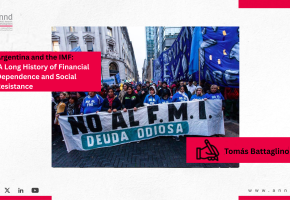
Argentina and the IMF: A Long History of Financial Dependence and Social Resistance - Tomás Battaglino
Related publications
